- Optimistic Anthropology
- Posts
- The Optimistic Anthropologist Vol. 19
The Optimistic Anthropologist Vol. 19
Lessons in Community Building from a Thai Artist

May 2019, Volume 19View this email in your browser
Dear ,
Earlier this month, I attended a talk by the artist Rirkrit Tiravanija at
here in DC.

With a lovely mix of thoughtfulness, humor, and intentionality, Tiravanija shared that in 2010 he developed the piece now on display at the Hirshhorn,
, for the first show he ever did in his ethnic homeland of Thailand. The title is a reference to two things – to the Thai political factions known as the red shirts (generally more rural, agricultural folks) and yellow shirts (more urban, working- and middle-class people), and green shirts (the military) as well as the three most common curries found in Thailand. (
.)
With the piece, Rikrit envisions turning the gallery into a communal space where people can come together across division to cook and eat curry, to engage with history, and watch and chat as artists draw well-known images of protest and resistance from Thai history as charcoal murals on the gallery walls. The piece would be “finished” when the murals had covered the walls that they turned black.
At the Hirshhorn, Taravanija has adapted the installation to the context of DC, using well-known images from DC protests – spanning the
to the
, and engaging a team of local DC artists to create the murals. In DC, he has also partnered with a
which will be serving the three types of curry on Thursdays thru Sundays at the exhibit.
So, why do I highlight this particular talk and exhibit? Because
I was surprised and delighted by how Rikrit Taravanija is doing covert community engagement through what I consider the two foundational behaviors for building collaborations for social change - building and maintaining trust and socialized learning and problem-solving.
And (who’s afraid of red, yellow, and green) exemplifies how groups might get started in this work – breaking bread (or slurping curry) to learn about each other as people and
to ground in context and history and share their lived experiences.
It never ceases to amaze me how, when, and where unexpected connections can and do emerge! Truly the power of the
.
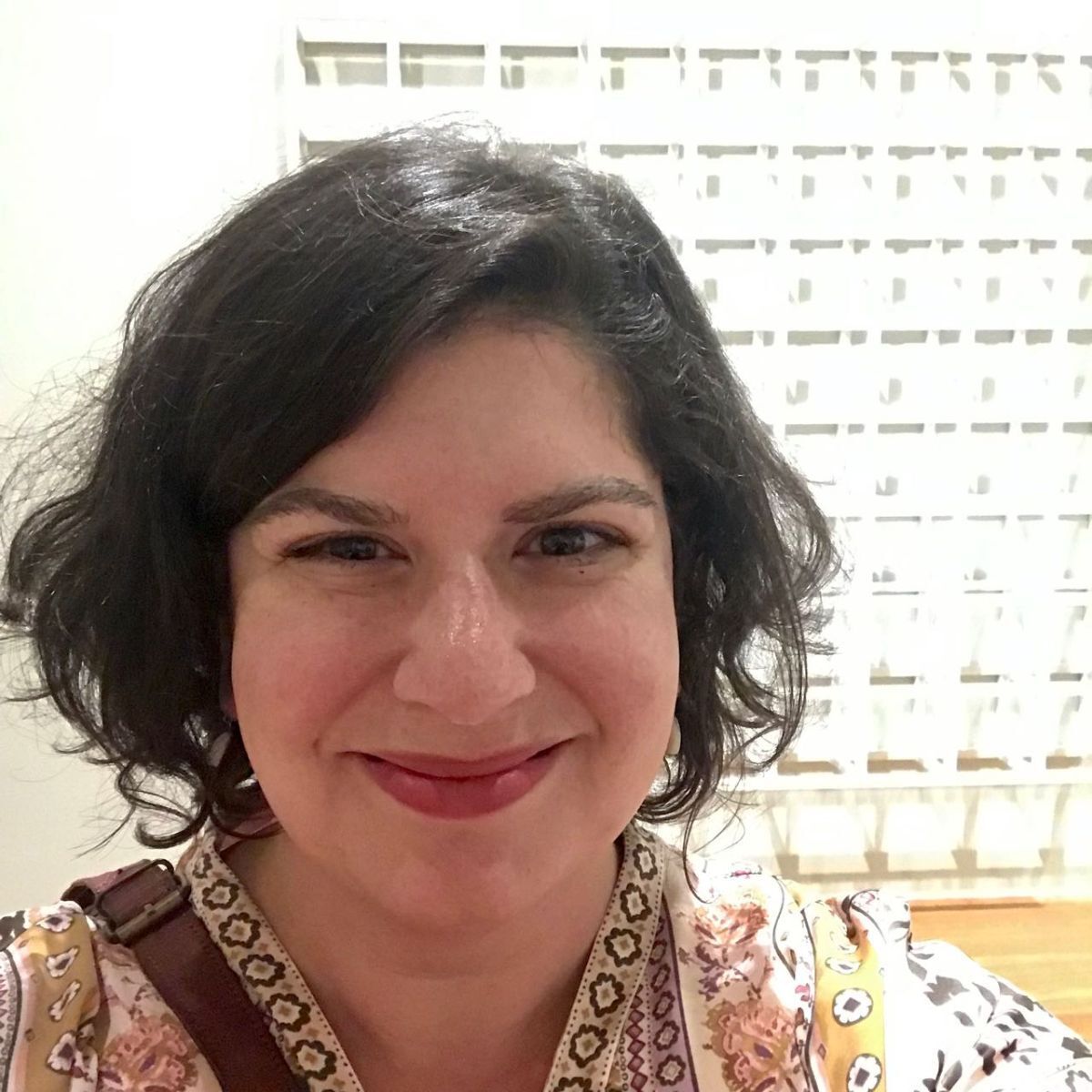
Be well and do good,Alison
P.S. Know where this month's photo was taken? Or who made the piece of art pictured behind me?
The winner will get a shout out in next month's newsletter and a deep sense of self-satisfaction.
The Latest on the Blog

Sometimes in our work, we find that the same topic comes up over and over again during a particular period of time. Lately, the topic has been community engagement. Maybe it's because during the last seven months, we've been working with a client to develop a curriculum focused on building community engagement mindsets. In doing this work, we identified some critical and foundational questions for building thoughtful, intentional, and positively impactful community engagement strategies. While this blog post is by no means exhaustive, we hope it's a start and as a bonus we include links to some of our favorite resources. Read 5 Questions to Ask & Answer When Practicing Community Engagement.
Job, Consulting, and Fellowship Opportunities
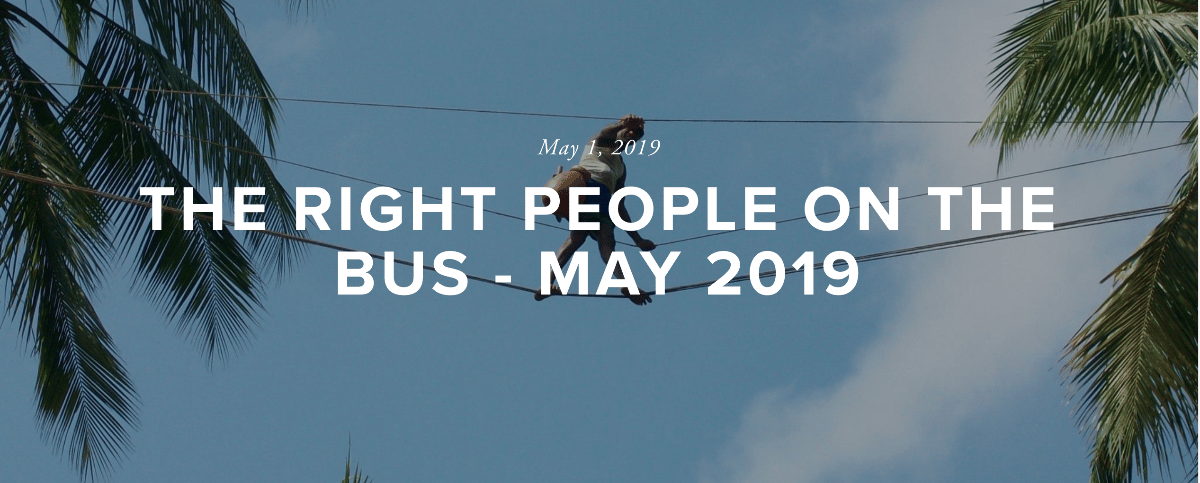
is a monthly round up of job, consulting, and fully-funded internship, fellowship and accelerator opportunities that people connected to Optimistic Anthropology are recruiting for. We’ve launched something new for 2019 - rolling submissions, so each month's post will be updated with new opportunities as they come in!
and
From the Archives
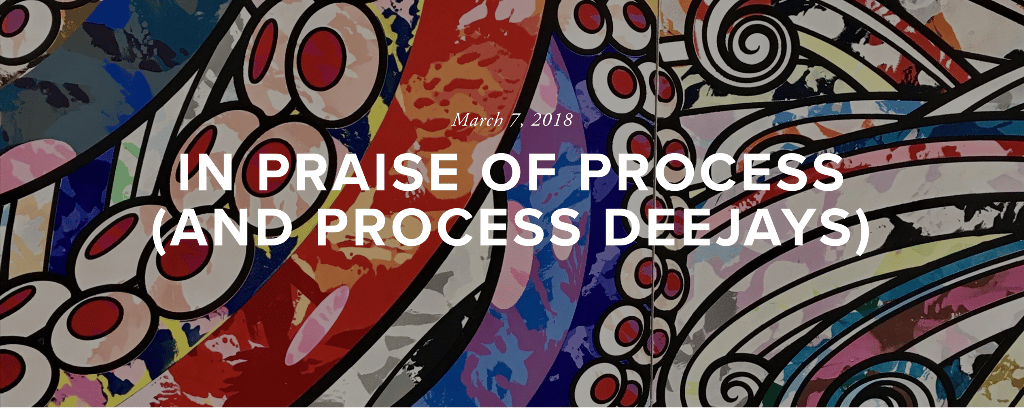
On May 21,
had the pleasure of co-facilitating a session on ecosystem ambassadors (or what we like to call cross-sector changemakers) at the Kauffman Foundation's
. She was invited to do this by Robin Brule, a brilliant cross-sector changemaker who steers
, an effort to grow Albuquerque, New Mexico's economy by building an ecosystem which supports equitable entrepreneurship.
Popular Last Month
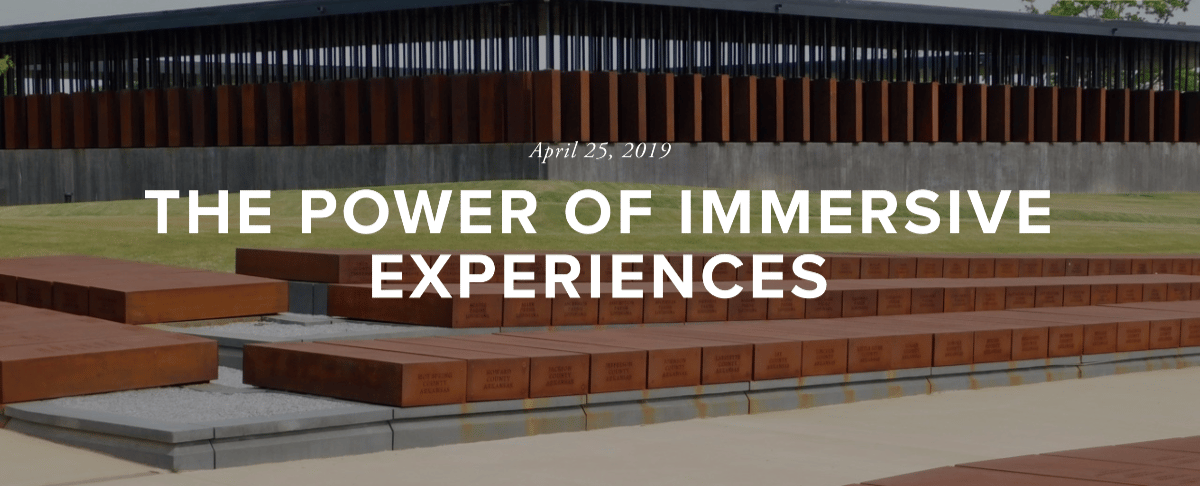
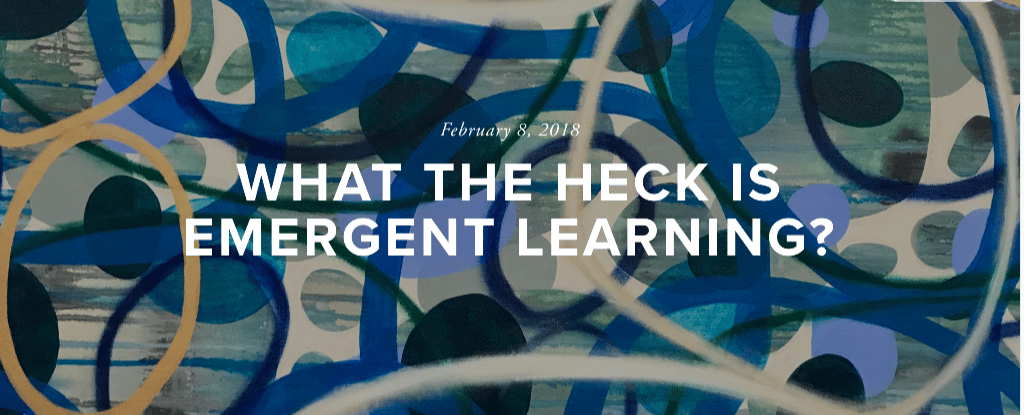
Reply